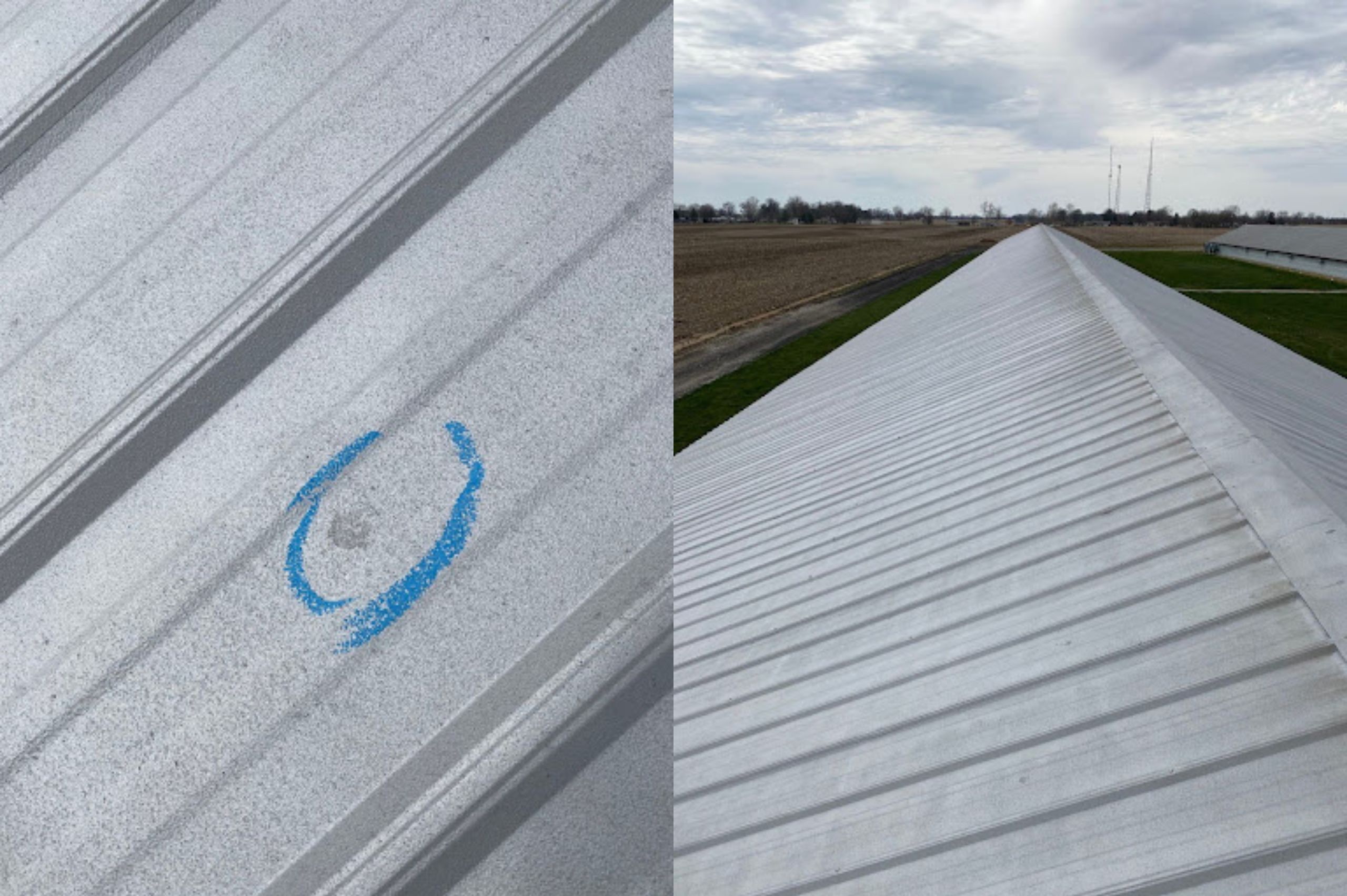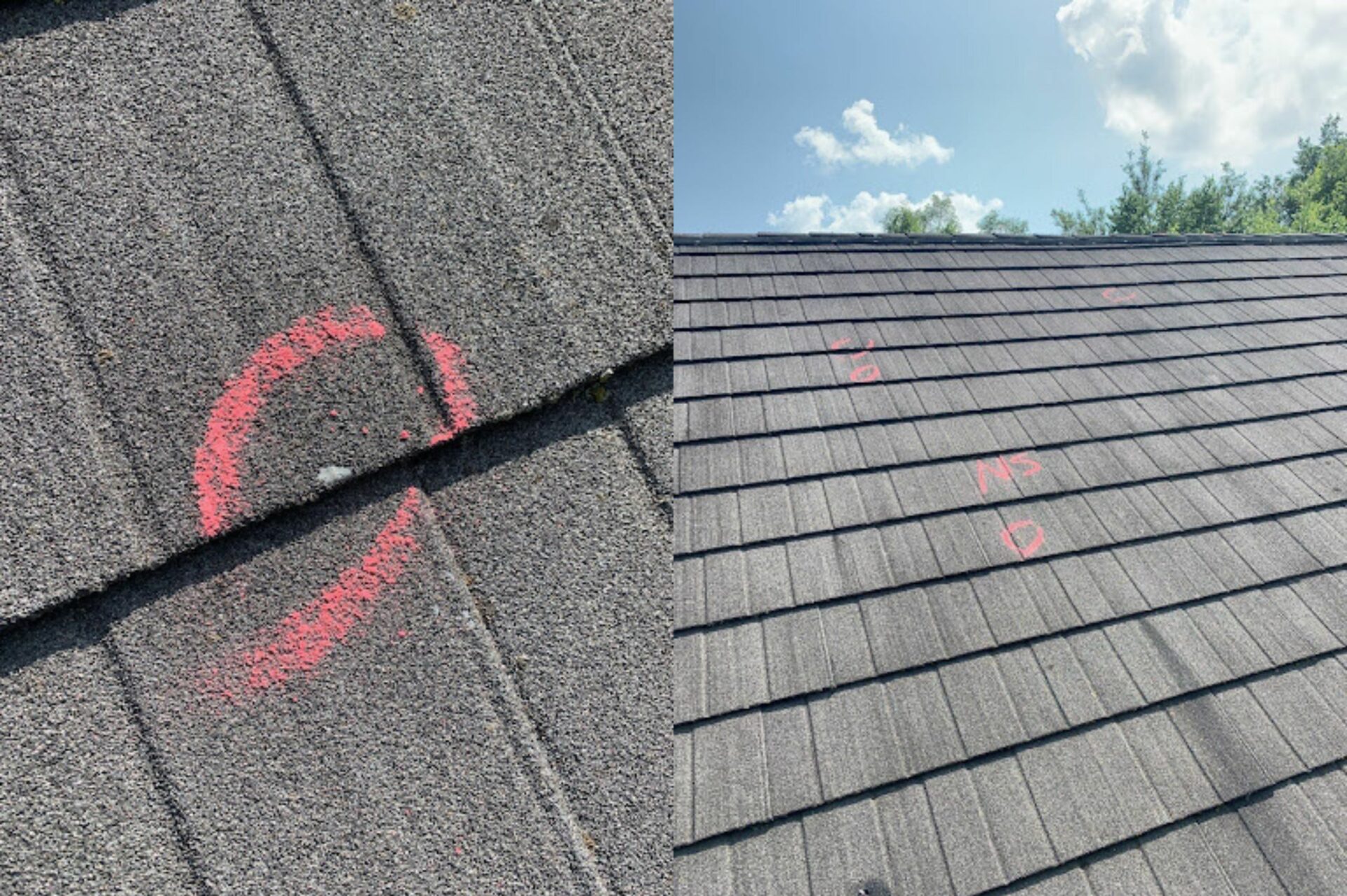When you file an insurance claim, you expect your insurance carrier to have your back. Right? After all, that’s why you’ve been paying premiums all these years. Unfortunately, the reality is often quite different. Insurance companies, like any business, are driven by profits. This can lead to practices prioritizing their bottom line over your best interests. Here’s a closer look at some common insurance carrier tactics and how Premier Claims, a dedicated public adjusting firm, can help you combat them:
Common Insurance Carrier Tactics
1. Denial of Valid Claims
Insurance carriers may deny your claim for various reasons, often citing that the damage is not covered or is excluded due to policy limitations. One common tactic is to label damage as “old” or outside coverage limits, even if it occurred during the policy period. This is where regular property inspections become crucial. Premier Claims emphasizes that regular inspections document the condition of your property and ensure that you can clearly distinguish any new damage from pre-existing issues. To have your property inspected by our team, contact us today.
2. Underpayment of Claims
Insurance carriers may significantly underpay claims even if your claim is not outright denied. They rely on policyholders’ lack of insurance knowledge and the frustration of navigating the claims process. At Premier Claims, we counter this by leveraging our expertise to analyze your policy meticulously. We break down complex industry terminology and ensure that you receive compensation according to the terms of your policy.
3. Confusing Policy Language
Insurance policies are notorious for their complex language and industry-specific terminology. Carriers may use this to their advantage, hoping to confuse policyholders into accepting less than they deserve. Premier Claims provides a critical service by interpreting and explaining your policy in plain language. Our team dives deep into the fine print, uncovering any hidden benefits and ensuring that every clause is interpreted to maximize your claim. To ensure your property is adequately protected, have your policy reviewed by our team: Complimentary Policy Review
How Premier Claims Can Help You
At Premier Claims, we understand the challenges you face when dealing with common insurance carrier tactics. Our mission is to level the playing field and to help protect your rights throughout the claims process. Here’s how we can assist you:
COMPREHENSIVE POLICY ANALYSIS
Our legal team dissects insurance policies to uncover every potential benefit available to you.
STRATEGIC CLAIM NEGOTIATION
We fiercely advocate for you, negotiating with insurance carriers to secure the maximum compensation available.
EXPERT GUIDANCE AND SUPPORT
From initial consultation to final settlement, we provide personalized support and guidance, intending to keep you informed and empowered.
Don’t let insurance carriers exploit your trust and lack of industry knowledge. At Premier Claims, we are committed to fighting for your rights and ensuring you receive the best compensation available. Whether your claim has been denied, underpaid, or needs professional guidance through the claims process, we’re here to help. Contact us today to learn how we can help protect your interests and maximize your insurance claim.


